Trending

Trending
March 8, 2016The Real-Time Track at Gartner BI

Trending
February 26, 2016Complimentary Report: Gartner Magic Quadrant for Data Warehouse Solutions

Trending
February 25, 2016Real-Time Solutions Take Center Stage at Spark Summit East 2016

Trending
February 10, 201610 Apps Syncing to the Pulse of Your Life

Trending
January 28, 2016Top Stream Processing Questions Answered by the Experts (Hive Panel Recording)
Building a Gen AI App?
Build it on the database designed for AI applications.

Trending
January 20, 2016SingleStore Meetups - Year in Review

Trending
November 17, 2015Everyone Deserves Nice Things

Trending
October 22, 2015Find Your IoT Use Case

Trending
September 21, 2015Rapid Scaling for Startups: Lessons from Salesforce and Twitter

Trending
September 17, 20155 Big Data Themes – Live from the Show Floor

Trending
September 15, 2015Incumbents and Contenders in the $33B Database Market
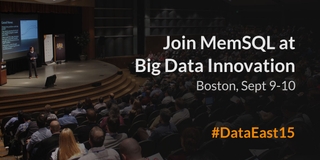
Trending
September 9, 2015Join SingleStore in Boston for Big Data Innovation Summit

Trending
September 3, 2015Locate This! The Battle for App-specific Maps
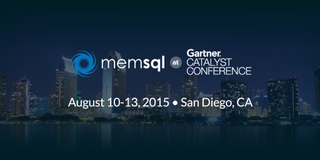
Trending
August 6, 2015Gearing Up for Gartner Catalyst in San Diego
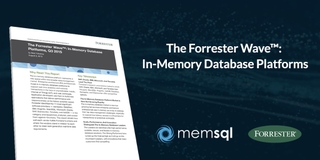
Trending
August 3, 2015SingleStore Cited As a Strong Performer by Independent Research Firm

Trending
July 28, 2015What’s Hot and What’s Not in Working With Data

Trending
July 27, 2015Four Reasons Behind the Popularity and Adoption of In-Memory Computing
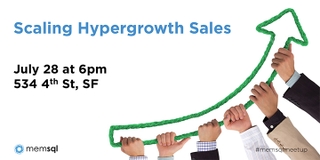
Trending
July 24, 2015Scaling a Sales Team During Hypergrowth – Meetup with Former EVP of Sales at BOX
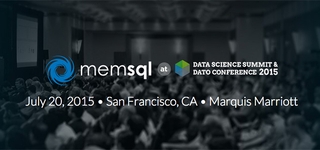
Trending
July 17, 2015Join SingleStore at the Data Science Summit in San Francisco
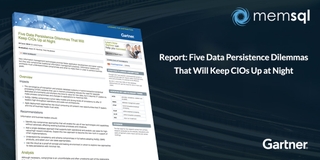
Trending
July 15, 2015Five Data Persistence Dilemmas CIOs Will Face
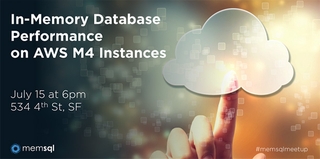
Trending
July 14, 2015First SingleStore Community Meetup in San Francisco
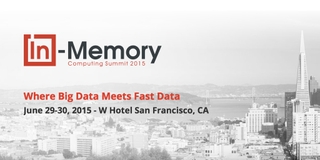
Trending
June 25, 2015Join SingleStore at the Inaugural In-Memory Computing Summit

Trending
June 23, 2015Top 5 Questions Answered at Spark Summit

Trending
June 11, 2015Join SingleStore at Spark Summit

Trending
June 6, 2015What We Talk About When We Talk About Real-Time

Trending
May 15, 2015Join SingleStore at ad:tech San Francisco

Trending
May 5, 2015Tech Field Day Reception May 13th

Trending
April 9, 2015Filling the Gap Between HANA and Hadoop
Showing 0 of 0 items